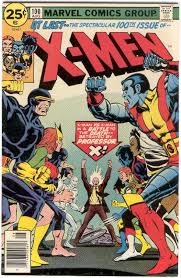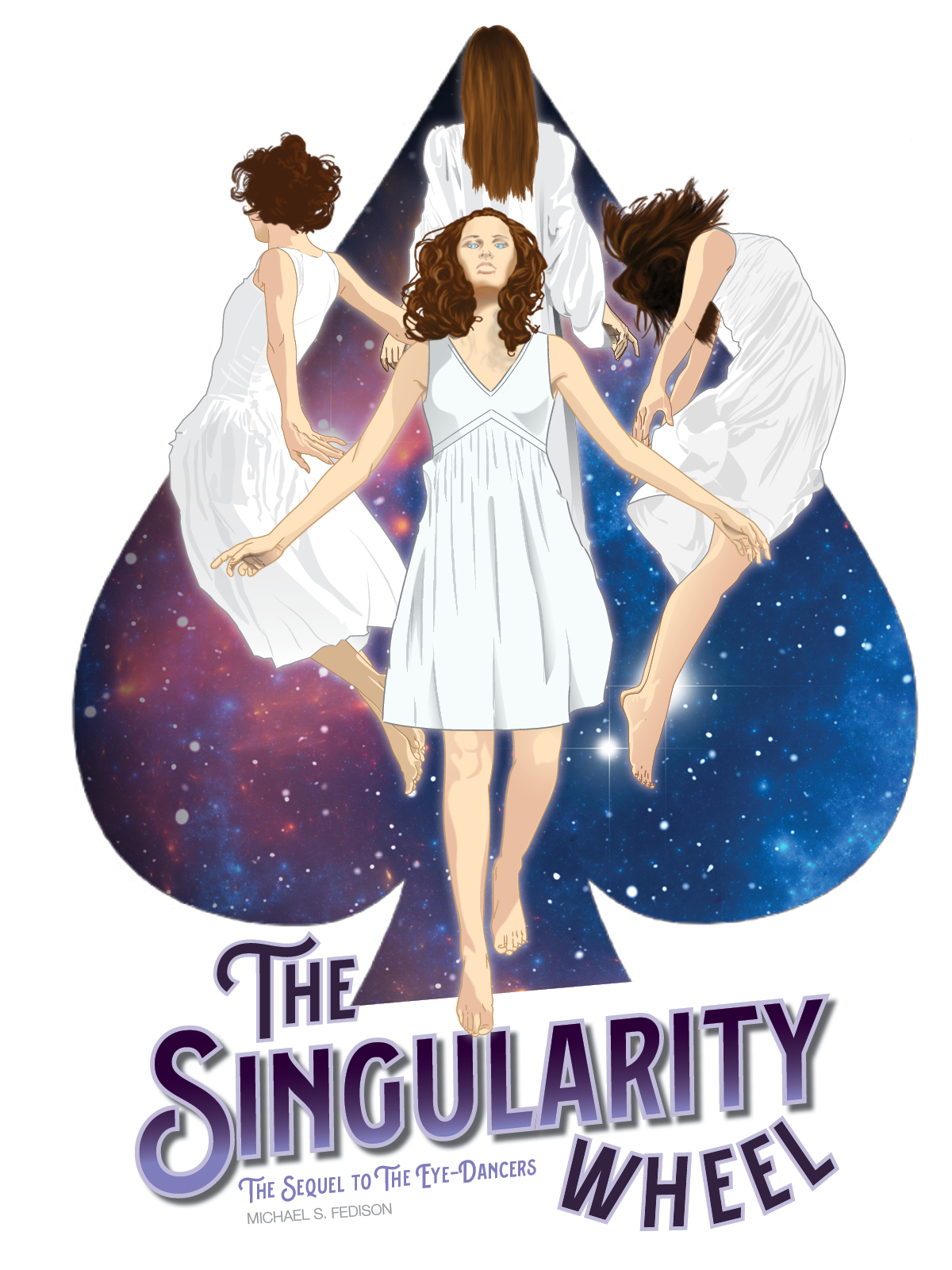It was a gala event, an anniversary for DC Comics’ signature hero, and the creative team made sure to announce it to the world.
When Superman number 100 hit the newsstands in the late summer of 1955, the title had been going strong for sixteen years, and the character (introduced in Action Comics number 1, in 1938) for seventeen.
The 100th issue would serve as a celebration of what the cover proudly proclaimed to be the “World’s Greatest Adventure Character!”
In 1955, this sort of special anniversary issue was a new phenomenon, in part because the comic book industry had yet to become the collectible gold mine it would morph into several decades hence, but also because most titles simply hadn’t been around long enough to feature major anniversary issues. But the celebration of the Man of Steel’s status kicked off a trend in the industry.
The following year, it was Batman’s turn. The Caped Crusader’s title hit number 100 in the spring of 1956, and just as with Superman, Batman’s title was celebrating sixteen years at the time issue number 100 rolled around. (The character of Batman had been around one year longer, introduced in 1939 with Detective Comics number 27.)
Once again, DC pulled out all the stops. “Batty” stuff indeed . . .
Meanwhile, and several years later, another powerhouse in the comic book field–Marvel Comics–was marking the anniversaries of some of its signature titles: The Amazing Spider-Man, The Avengers, The X-Men, and Mitchell Brant‘s favorite, The Fantastic Four. All hit their 100th issue in the early and mid 1970s. By this time, it was fully expected that such a milestone issue would be celebrated with pomp and circumstance . . .
The stories housed within these special anniversary issues may or may not have been among the best of the genre. In some ways, it didn’t matter. More than anything, a title’s 100th issue represented a benchmark, a reminder, if you will, that the heroes had been able to stand the test of time and that the writers and artists involved still possessed a passion for storytelling and a desire to press on.
************
I began The Eye-Dancers blog in the summer of 2012, a complete novice to the blogosphere. If you were to look up the word “blogging newbie” that summer, my picture probably would have been looking back at you.
(Okay, so putting my kindergarten picture here is probably a bit of an exaggeration. Chalk it up to poetic license!)
I remember feeling overwhelmed and confused as I launched the blog. I was about to release The Eye-Dancers, the novel, and I knew I wanted to “get the word out,” but how would I manage to do that? And how many original posts would I be able to come up with?
So I thought about it, and struggled through the first few months, still grasping for blogging ideas, flailing and poking and writing posts that I doubted anyone other than myself would read. I’d hit the Publish button and imagine the words drifting outward, not to other bloggers, but to some nowhere zone at the center of a lost cyber-galaxy, an eternally hungry black hole that feasted on unread sentences and paragraphs.
But then I would see a Like appear, and before long a few intrepid fellow bloggers began to follow the blog. Very few at first, but their support filled me with enthusiasm and optimism. Someone out there was reading my words. Encouraged, I again thought about what I could do, how I could potentially blog for the long haul. And I decided–why not just write about things that interest me? Sure, I would want them to tie in to The Eye-Dancers, the novel, in some way, but even so, the possibilities seemed endless. I dove in, and a remarkable thing happened. The insecurity lessened, the ideas started to arrive in waves, and I had a blast! It was fun. And more surprising still, more and more bloggers began following The Eye-Dancers. Suddenly that black hole I had initially imagined disappeared, and an ongoing and wonderful adventure kicked into high gear.
And now, four years after its inception, The Eye-Dancers blog has reached 5,000 followers. If someone had told me in the summer of 2012 that, by 2016, The Eye-Dancers would be fortunate enough to acquire such a following, I wouldn’t have believed it possible. But that’s been the great thing about these four years. The WordPress community welcomed me with open arms, and things just continued to get better and better.
Then again, there’s no need for me to break out the past tense here. I’m not going anywhere. The sequel to The Eye-Dancers–as long as the literary stars stay aligned–will be due to come out during the early portion of 2017, and I will certainly be blogging about that, as well as many other things, in the months ahead.
It is my great hope that you all will continue to read and follow these ramblings and ruminations of mine. Certainly, The Eye-Dancers doesn’t compare with the great superhero icons and their anniversaries from yesteryear, but your ongoing encouragement has often been as much a tonic for me as any radioactive spider bite or red Kryptonian sunlight. You are the reason this blog is so enjoyable for me, and you are without a doubt the reason The Eye-Dancers blog is still going strong four years in. I can’t thank you enough for all your support over these past four years. You are all the best.
Thanks so much for reading, and I can’t wait to get started on the next four years!
–Mike































































